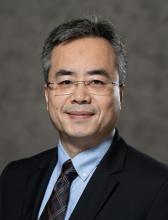
Stellar teams in bioimaging and bioprocessing continue to set the pace for unconventional biomedical imaging technology. Advances are made every day in how technology can be applied to pressing human challenges. The Bioimaging Imaging Center (BIC) is broadly recognized for creating and using imaging technologies to improve human health and enable progress toward personalized medicine.
Faculty
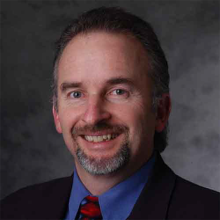
Professor and Technology Manager, CESMII Northern Regional Manufacturing Center
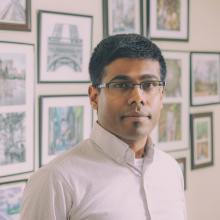
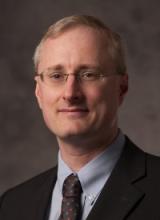
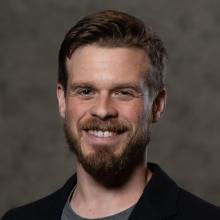
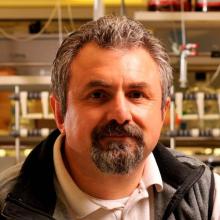
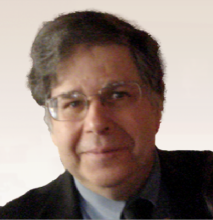
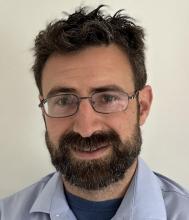
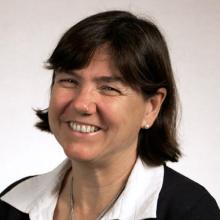

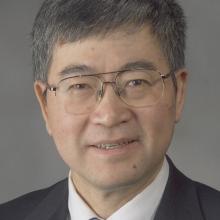
Clark & Crossan Endowed Chair Professor, Director of Biomedical Imaging Center, Editor-in-Chief of IEEE Trans. Medical Imaging
